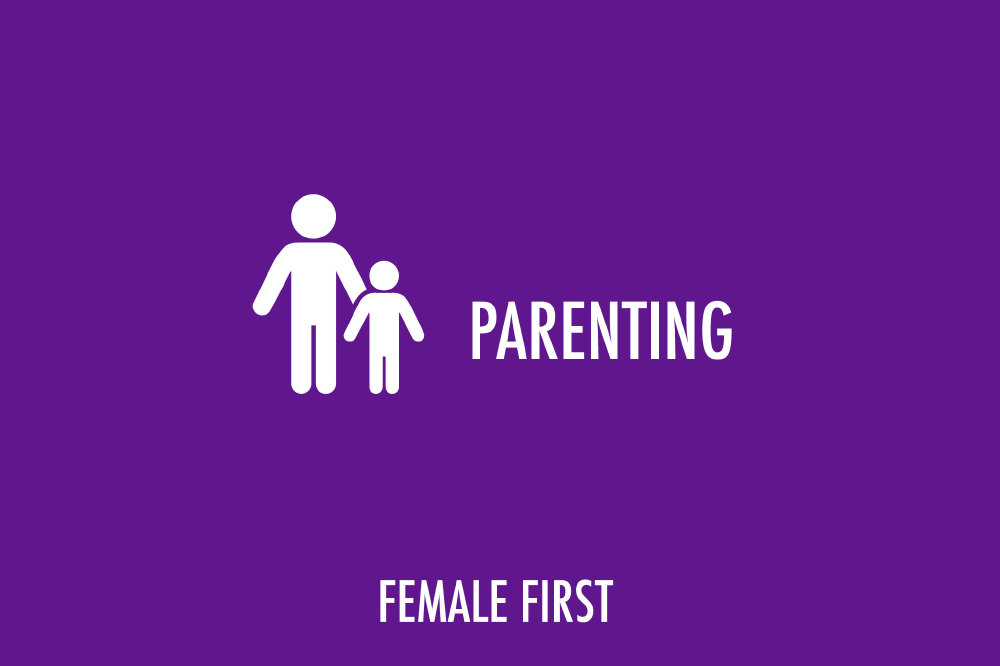Every year, schools across England are encouraged put up a united front to prevent lice from spreading head to head and back again. National Bug Busting Days takes place today (on 31 January), 15th June and 31st October. Here, Stuart Gale, chief pharmacist for www.oxfordonlinepharmacy.co.uk offers some top tips for dealing with an infestation:

Parenting on Female First
"The recommended approach to dealing with head lice has changed over recent years. It used to be all about using shampoos containing insecticide but, as our understanding around the harmful side effects of these chemicals has grown, so has our aversion to using them. At the same time, head lice have been developing a resistance to the chemicals and we have seen an increase in what are commonly referred to as ‘super nits’.
“So we have moved towards using products such as Lyclear which suffocate and dehydrate the lice and their eggs.
“For best results, you need to apply the treatment and repeat the process seven days later to ensure you capture any lice that might have hatched between the two applications.
“Manual removal of the lice and eggs is crucial, as is the ongoing screening for and removal of live lice. Nit combs are by far and away the most effective and safe method for managing this removal process, which can be carried out in three easy steps:
Slather on lots of conditioner
Remove any knots with a normal hairbrush (prevent spreading with a brush reserved for this particular job!)
Comb through with a fine tooth metal comb such as the Nitty Gritty
Continue this process every two days until all signs of lice - and eggs - have disappeared. It's also worth having a comb through (with a nit comb) on a weekly basis to ensure they haven't returned. Tea tree oil is also believed to be a deterrent, so consider adding a few drops to your usual shampoo.
Did you know?
• Head lice don't have a preference for dirty, clean, short or long hair – any scalp will do!
• Head lice can't fly, jump or swim – head to head contact is their only means of transport • It only takes 30 seconds for lice to transfer from one head to another • It is very unlikely – but not impossible – for lice to be spread by objects such as hats, combs and pillows • Head lice only affect people and can't be caught from animals • Lice eggs hatch in about 10 days, so you need to act quickly!
• Only people who are allergic to head lice saliva suffer from the telltale itch

